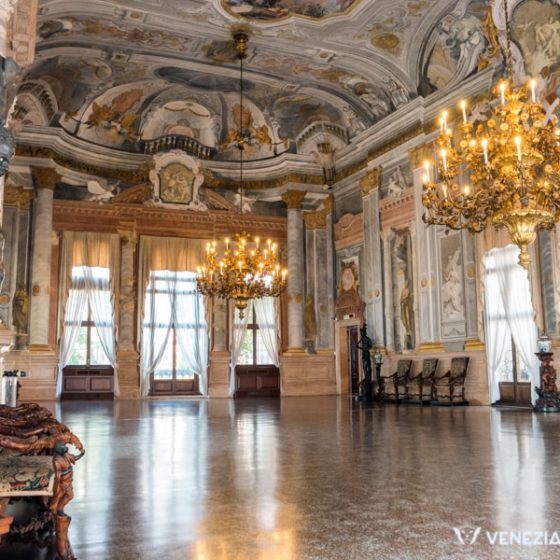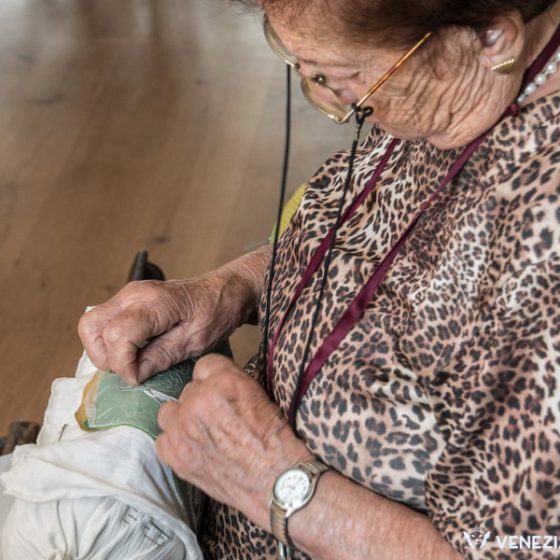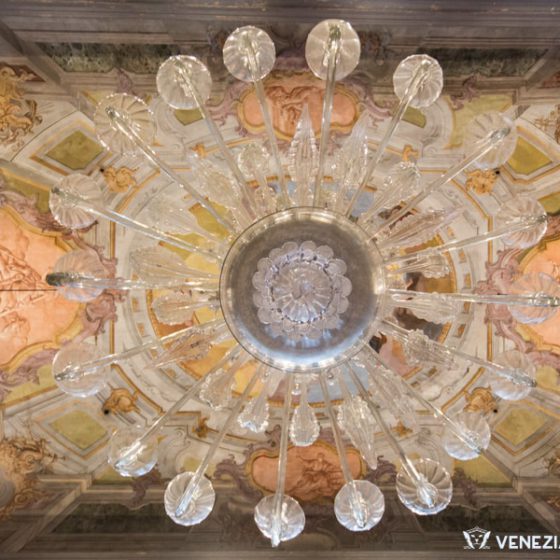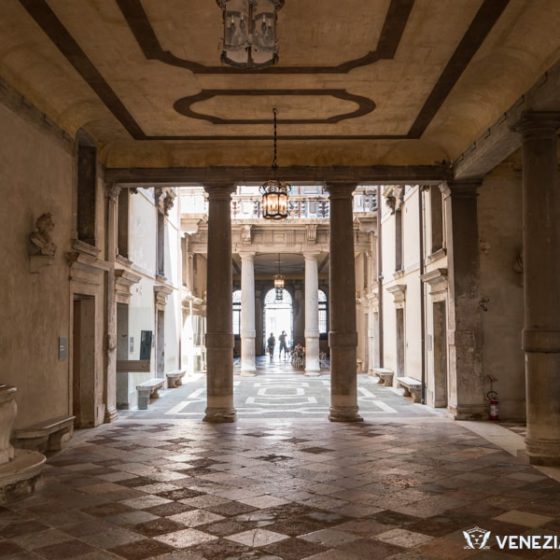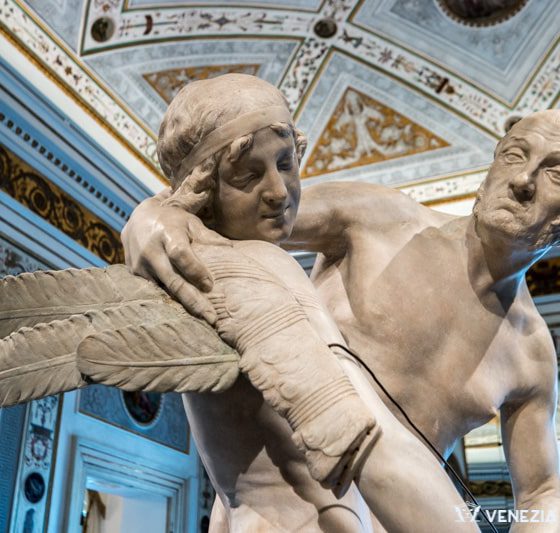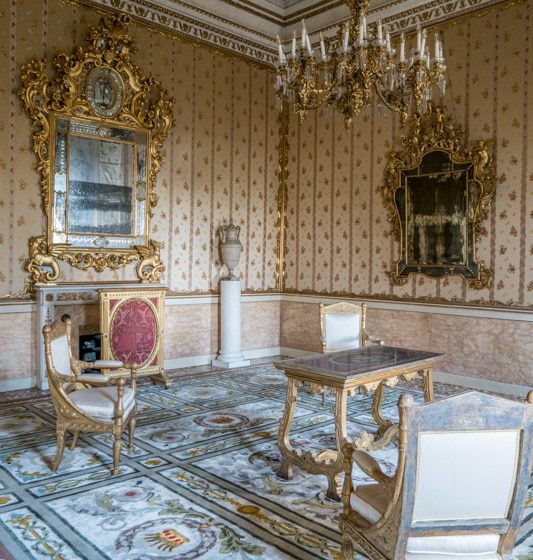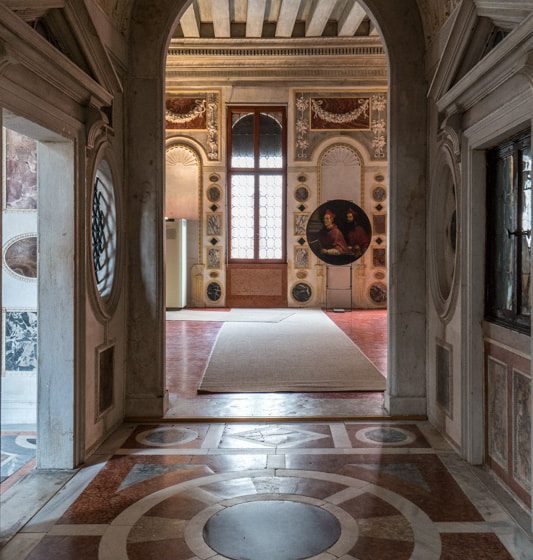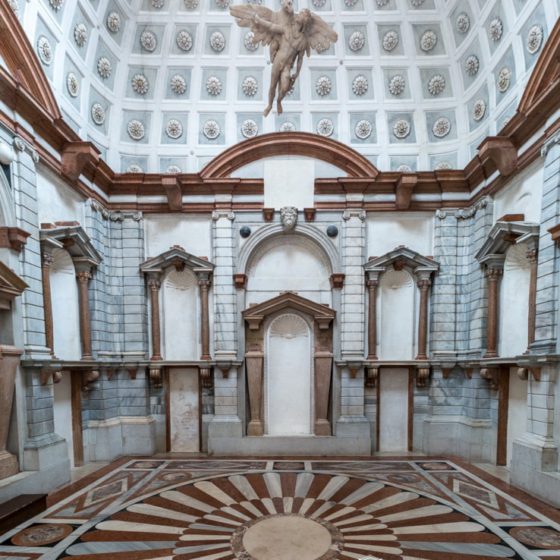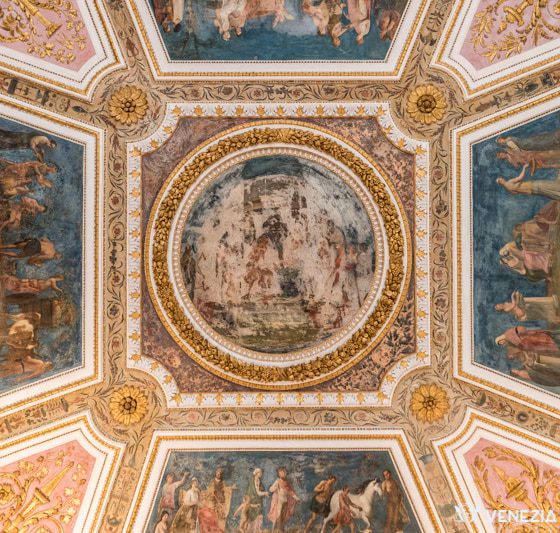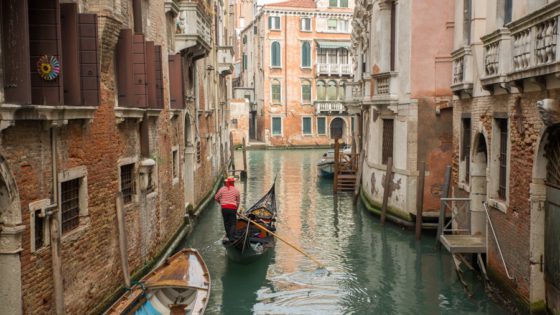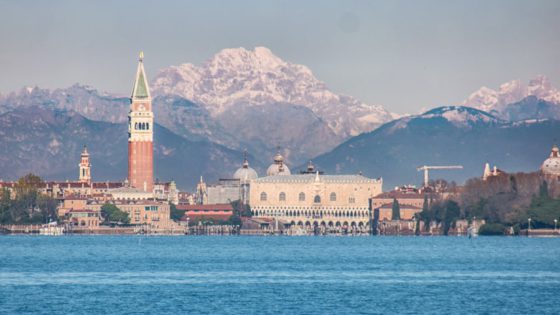The most beautiful Museums of Venice
Most visitors know Venice as a city of romantic canals, enchanting gondolas, and picturesque architecture. Venezia Autentica’s visitors also know the wealth of unique crafts and artisans, and quality bars, cafes and restaurants that the city boasts.
Beyond all of this, Venice keeps another treasure: its museums. And they go beyond St Mark’s and its Doge’s Palace, a must-visit to understand the history of the Venetian Republic.
In Italy, Venice is referred to as a “Citta d’Arte”, a city of art. An abundance of art collections, spanning centuries and disciplines, is indeed something that you can find here, nestled in a vast offering of local museums, in a surprisingly small, compact and walkable city. There are museums for all tastes and interests. For example, you can find the classic and expected museum displays of paintings, visit the former houses of some of the most powerful Venetian families and explore exhibitions dedicated to local crafts, boats and much more.
To entice you to discover and understand Venice beyond its facade, and offer you things to do when the weather is too hot or too wait, when you are looking to understand more of the past that the local residents fight to keep alive, we have listed here a few must-visit museums in Venice. The list is however not exhaustive and you can find more here. (link)
Tip: To maximize your visit to Venice’s museums, consider purchasing the Museum Pass, which is valid for entry to all the “Musei Civici”
Must- See Venice Museum #1: Palazzo Ducale, The Doge’s Palace
Location: Venice, San Marco
For centuries seat of the power of the Venetian Republic, the Doge’s Palace, or Palazzo Ducale, was the residence of the Doge, the political leader of Venice, as well as house to the political bodies of the State. Administrative offices, law courts, grand stairways, council halls, apartments and prisons were all fit into this complex yet efficient beautiful building.
Since 1923 the Palazzo Ducale, which is the most important museum of the Venice, tells the history of the Serenissima, the longest lasting republic in history.
Must- See Venice Museum #2: Ca’Rezzonico
Location: Venice, Dorsoduro
A favourite of visitors, The majestic Ca’Rezzonico palace, which construction took over 100 years, is now the Museum of the ‘700 of Venice, the richest century of the Serenissima
The combination of the rich pieces of fine art on display in the Museum, as well as the building itself with its frescoes by Giambattista Tiepolo, the ample ballroom created by Massari and the marvellous chandelier a “ciocca” invented in Murano by Giuseppe Briati, which signalled a new birth of Murano’s glass export, are an incredible testimony of the richest and most pompous century of Venetian life.
Must- See Venice Museum #3: Museo Correr, Correr Museum
Location: Venice, San Marco
The Museo Correr, past home to the Austrian Sovereigns and to the King of Italy, exhibits great collections narrating the history of Venice from the 13th to the 19th.
Built on top of a destroyed church, the “Napoleonic Wing” with its neo-classical inspired architecture and the Empire style decorations was meant to serve as a residence for the new sovereign but was finished only in the 19th century under the Austrian ruling.
It was used for 38 years as the official residence of the young sovereigns Franz Joseph and Elisabeth, “Sissi”, until it became the Venetian residence of the King of Italy in 1866.
Civic Museums about Arts & History:
Must- See Venice Museum #4: Palazzo Grimani, Grimani Palace
Location: Venice, Castello
This Palace, once the house of the Doge Antonio Grimani, with its Roman-style courtyard and centre Italian architecture, make it a unique place in Venice. The museum exhibits amazing sculptures and original pictorial wonders.
House of the Doge Antonio Grimani, it was originally an L-shaped building located at the intersection of the canals of San Severo and Santa Maria Formosa. In the sixteenth century, overall renovations were carried out for 30 years at the expense of Antonio’s nephew Giovanni Grimani: two new wings were added to the building, doubling its size and gaining an inner courtyard, Roman-style, with loggia of marble colonnades. The asymmetrical porticoes filled with sculptures and inscriptions worked as a stunning invitation to visit the rest of the collection on the upper floors.
The use of centre-italian architecture and decorations, make this Palace a unique piece in Venice.
Must- See Venice Museum #5: Palazzo Mocenigo
Location: Venice, Santa Croce
The family’s last descendent, in 1945 Alvise Nicolò bequeathed the palazzo to the city on the condition it became an “Art Gallery to complete the Correr Museum“; thirty years later, following his wife’s death, it was then left to the city.
Opened to the public in 1985, it became the seat of the Study Centre of the History of Textiles, Costumes and Perfume, housing the vast collections of ancient fabrics and clothes belonging to the Venice Civic Museums – most of which came from the Correr, Guggenheim, Cini and Grassi collections. Palazzo Mocenigo also contains a well-stocked library specialising in the history of fabrics, costumes, and fashion.
As a whole, the rooms skilfully evoke the different aspects of the life and activities of a Venetian nobleman between the 17th and 18th century, and on display are mannequins wearing valuable ancient garments and accessories that belong to the Study Centre connected to the Museum.
Must- See Venice Museum #6: Ca’ Goldoni, Carlo Goldoni House
Location: Venice, San Polo
Ca’ Centani, or Centanni, better known as “Casa di Carlo Goldoni”, built in the 15th century, is a typical Gothic palace, but still presenting the layout and typical elements of civil Venetian architecture between the end of the 14th and the early 15th century in spite of its several renovations.
Owned by the Rizzi family (the hedgehog carved in relief on the family arms may be seen on the well inside the courtyard) the palace was rented to the Zentani or Centani family, from whom its future name stemmed, and also hosted a thriving artistic and literary Academy.
Around the end of the 17th century Carlo Goldoni’s paternal grandfather, Carlo Alessandro, a solicitor with origins in Modena, established himself there. The Goldoni family remained in this house, where Carlo was born on 25 February 1707, until 1719.
In 1914 Aldo Ravà, a noted scholar of 18th century Venice – together with Count Piero Foscari and Commendatore Antonio Pellegrini – bought the palazzo from its owner, Contessa Ida Manassero Camozzo, with the idea of using it to house a museum dedicated to the great playwright and to the history of Italian theatre. The project came to nothing because of the outbreak of war, and then in 1931, Ca’ Centani was bequeathed to the Venice Municipality so it might be restored and become a Goldoni Museum (in 1953) and a centre for theatre studies.
Location: Venice, Castello
Since 1600, the Venice Naval Historical Museum is the place dedicated to the splendour of the Venetian naval tradition.
The museum is hosted in an eleventh-century palace in Campo San Biagio (Arsenale), its collection is located in five levels, for a total of 42 exhibition rooms.
The Ships Pavilion, now housing a detached section of the Venice Naval Historical Museum collection of historic ships, consists of three serially arranged units, and of a fourth one, of similar size, orthogonal to the first ones.
The building was built in the mid-sixteenth Century as an oars workshop and storage facility. Shortly after its completion in 1577, it was temporarily adapted to house the Great Council, the main government body of the city, following the disastrous fire that had destroyed much of the Palazzo Ducale, making it useless for a long time. The rooms basically retained their function of a specialized workshop for the production of oars, supported by a blacksmith workshop and storage spaces, until the mid-nineteenth century.
Since 1980, the area of the oars workshops has been known by the name of “Ships Pavilion”. It houses vessels of great historical importance as an annex of the museum.
Must- See Venice Museum #8: Museo del vetro, Murano Glass Museum
Location: Murano
This museum collection showcases unique glass pieces going from as far back as to the 5th century B.C.E, until the contemporary glass crafts.
Originally a patrician’s palace in Gothic style, in 1659 it became the residence of Bishop Marco Giustinian who then bought and donated it to the Torcello diocese.
When the Torcello diocese was abolished in 1805, the palace became Murano’s town hall. The museum was created in 1861 and was housed on the first floor, but the rapid growth of the collection lead the museum to occupy the whole building. In 1923, when Murano was annexed to Venice, the museum became part of the Venice Civic Museums.
The collection showcases unique pieces dating back to the 5th century B.C.E as well as presenting works of the Golden Age of glassmaking between the 14th and 17th century and finally displaying contemporary glass crafts. It is worth mentioning the chandelier with 60 branches on the first floor, which was presented at the first Murano Glass Exposition in 1864 and was awarded the gold medal.
Must- See Venice Museum #9: Museo del merletto, Burano Lace Museum
location: Burano
This museum showcases rare and precious pieces that offer an overview of the history of Burano laces, from its origins to the present day.
Thanks to the work of the Adriana Marcello Foundation, in 1978, the Venice city council founded the “Consortium for Burano Lace”, to revive and re-evaluate the ancient art of the Merletto di Burano, or Burano Lace. After ordering and cataloguing historical documents and drawings, the Lace Museum was opened in the building which had been Burano Lace school from 1872 to 1970.
This museum showcases rare and precious pieces that offer an overview of the history of Burano laces, from its origins to the present day.
Must- See Venice Museum #10: Museo Fortuny, Fortuny Museum
Location: San Marco
Once owned by the Pesaro family, this large Gothic palazzo in Campo San Beneto, was transformed by Mariano Fortuny into his own atelier of photography, stage design, textile design and painting.
The building retains the rooms and structures created by Fortuny, together with tapestries and collections.
The working environment of Mariano Fortuny is represented through precious wall-hangings, paintings, and the famous lamps – all objects that testify to the artist’s inspiration and still give a count of his eclectic work and of his presence on the intellectual and artistic scene at the turn of the 19th century.
The Fortuny Museum was donated to the city in 1956 by Henriette, Mariano’s widow. The collections within the museum comprise an extensive number of pieces and materials which reflect the various fields investigated in the artist’s work.
These are organised under certain specific headings: painting, light, photography, textiles and grand garments. This Museum combines ‘full’ spaces – for example, the first-floor Salone overflowing with paintings, fabrics and Fortuny’s famous lamps – with more open spaces: on the second floor, walls and windows, lighting and space recount the history of the palazzo and the atelier it housed. From here one can see into the wonderfully intact library, a kaleidoscopic ‘work in progress’ that brings together pieces by Fortuny and by contemporary artists from very different backgrounds.
Must- See Venice Museum #11: Ca’Pesaro, National Museum of Modern Art
Location: Venice, Santa Croce
This sumptuous palace is the National Museum of Modern Art since 1902, with special consideration for Italian artists since 1960.
Ca’ Pesaro was built in the second half of the seventeenth century for the Pesaro family by Baldassarre Longhena, the greatest Venetian baroque architect. This Palace houses today the National Museum of Modern Art. Started being built in 1659, it was finished decades after Longhena’s death in 1710 by Gian Antonio Gaspari.
Sumptuous and imposing, but harmonious and organic in its structure, the palace was constantly enriched, during the long years of its construction, by an equally important process of interior decoration. The palace still conserves some of the fresco and oil decorations of the ceiling, while the rest had been completely dispersed by 1830, the year of the death of the last Pesaro family member, who auctioned most of the collection in London. It is worth mentioning the fresco work by Gian Battista Tiepolo which, in 1935, was transferred to Ca’ Rezzonico, the Museum of the 18th Century Venice.
The last owner of Ca’ Pesaro, the Duchess Felicita Bevilacqua La Masa, bequeathed the Palace to Venice Town Council in 1898 and it officially became the Modern Art Museum in 1902. Since the 1960s, the Museum has made a shift privileging Italian modern art.

